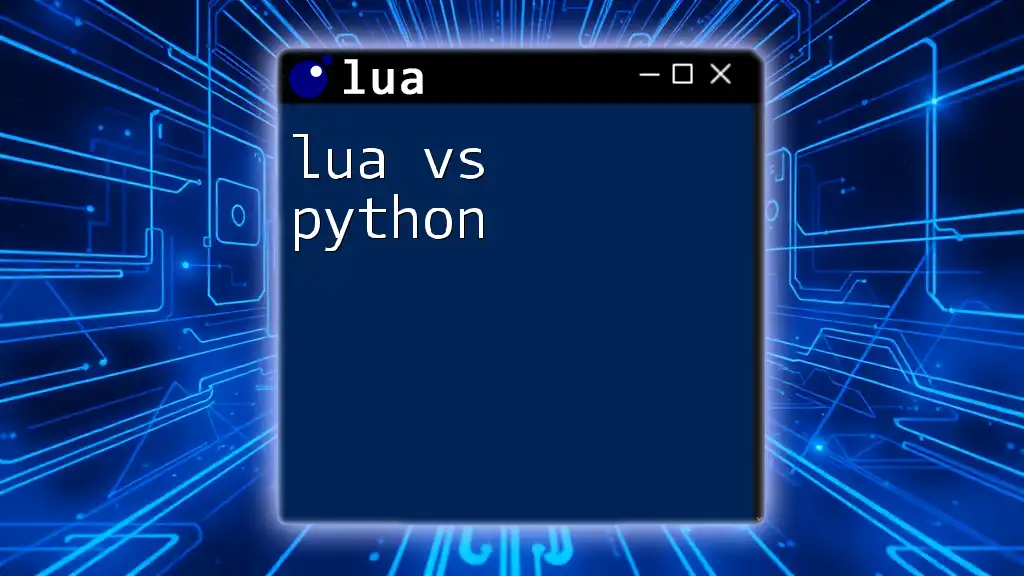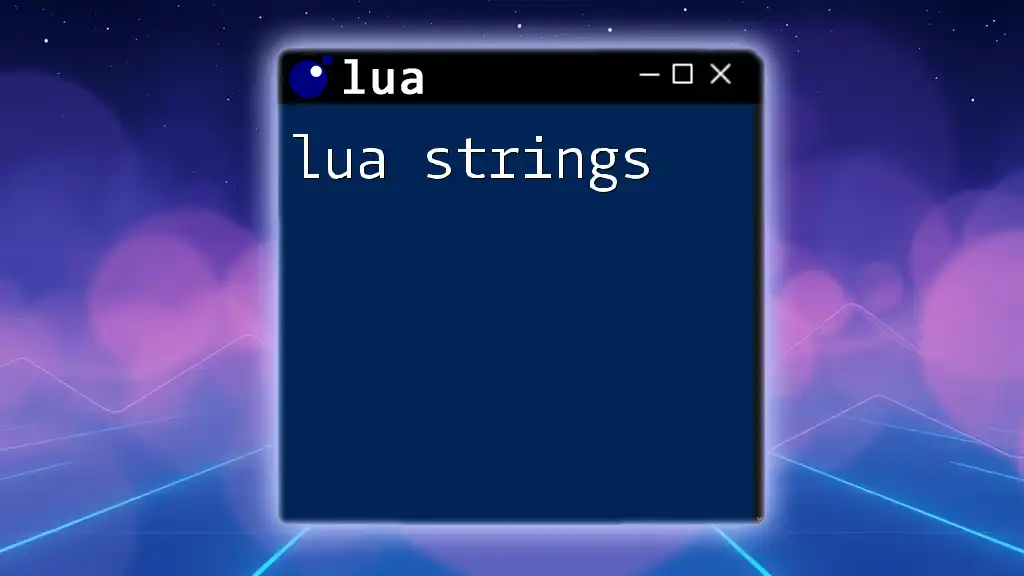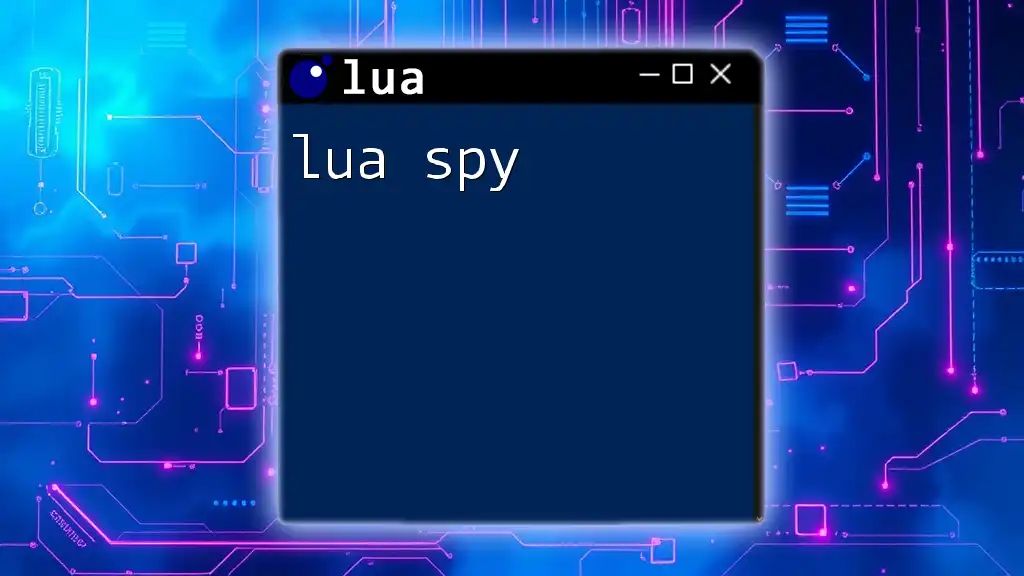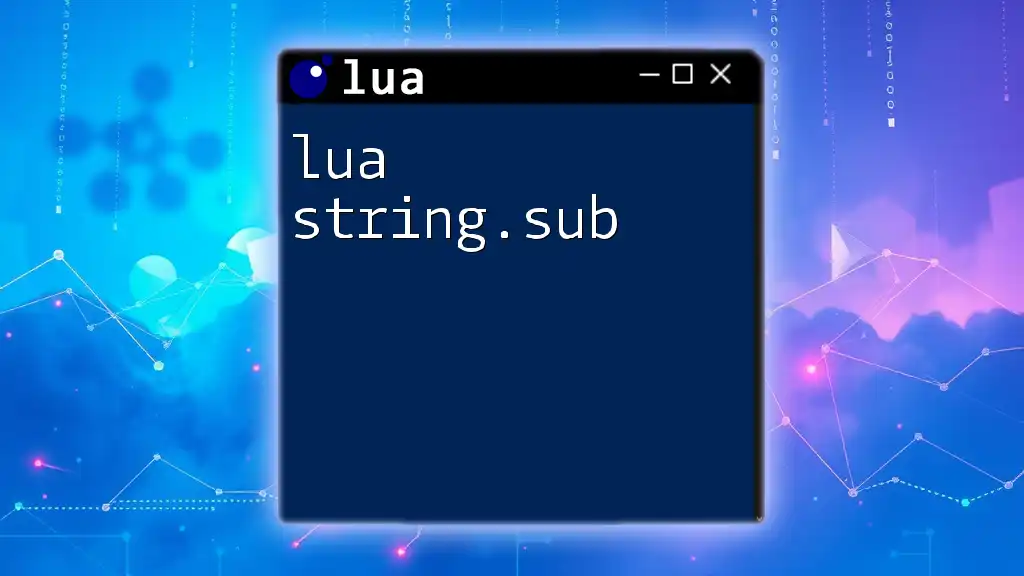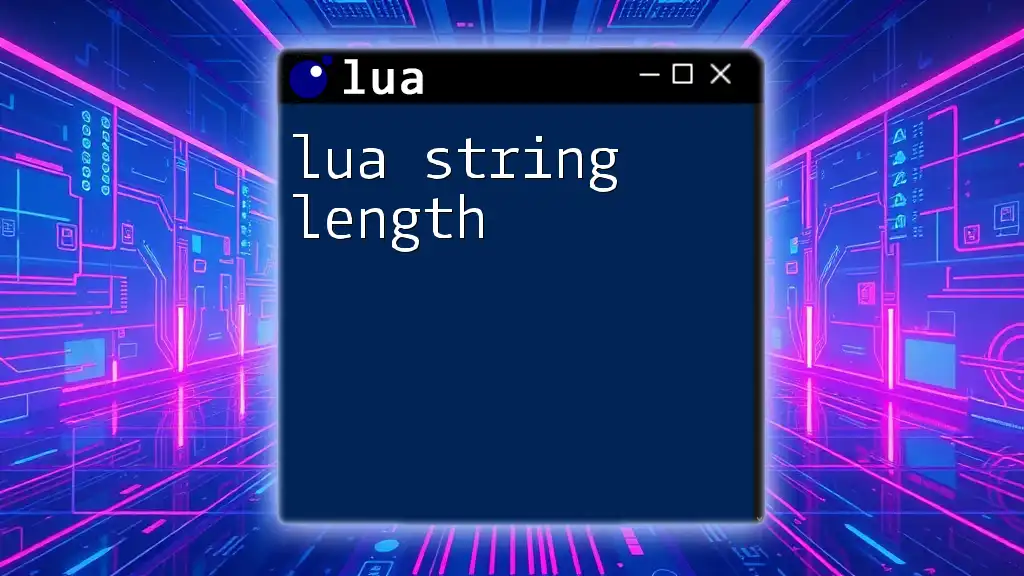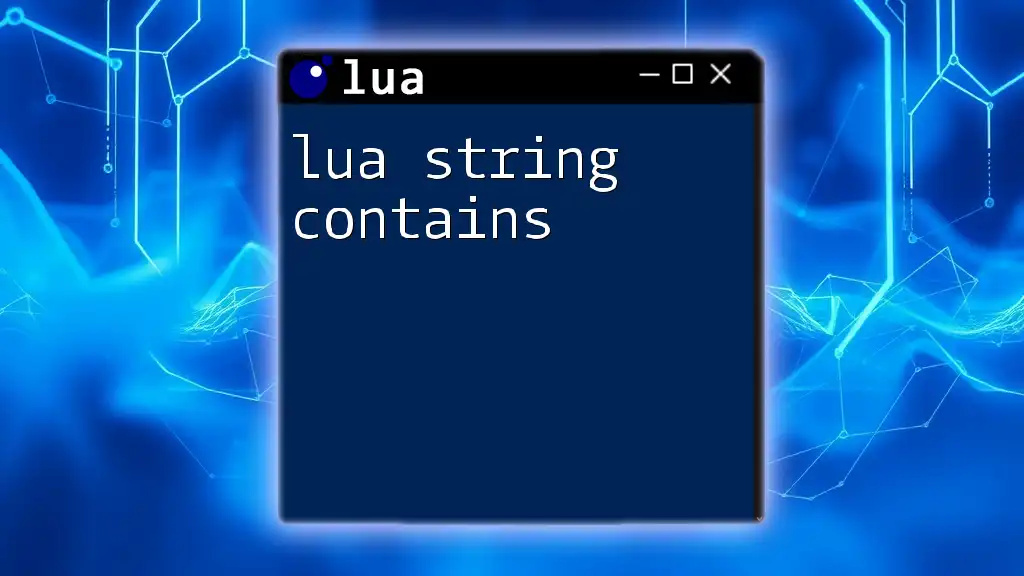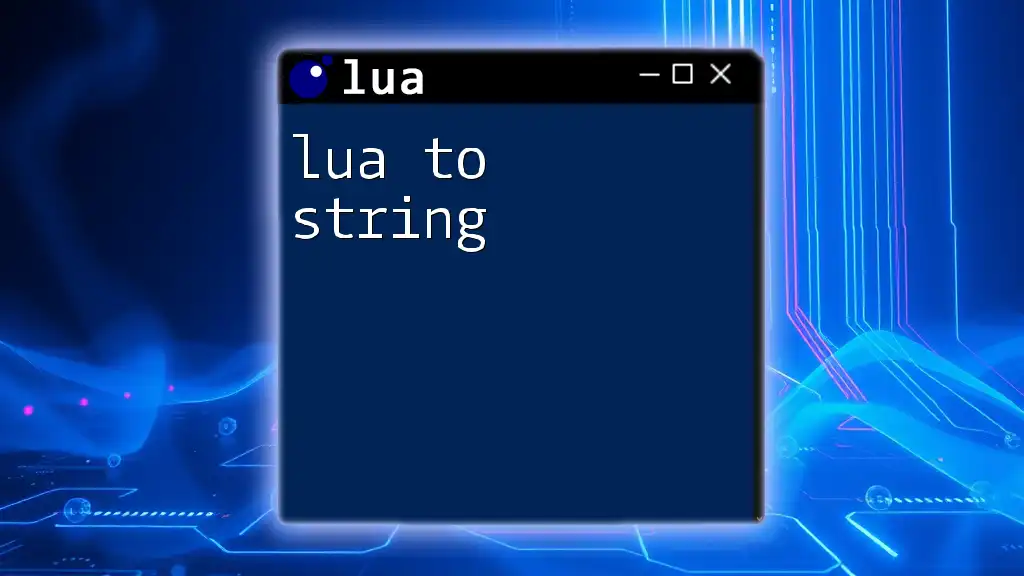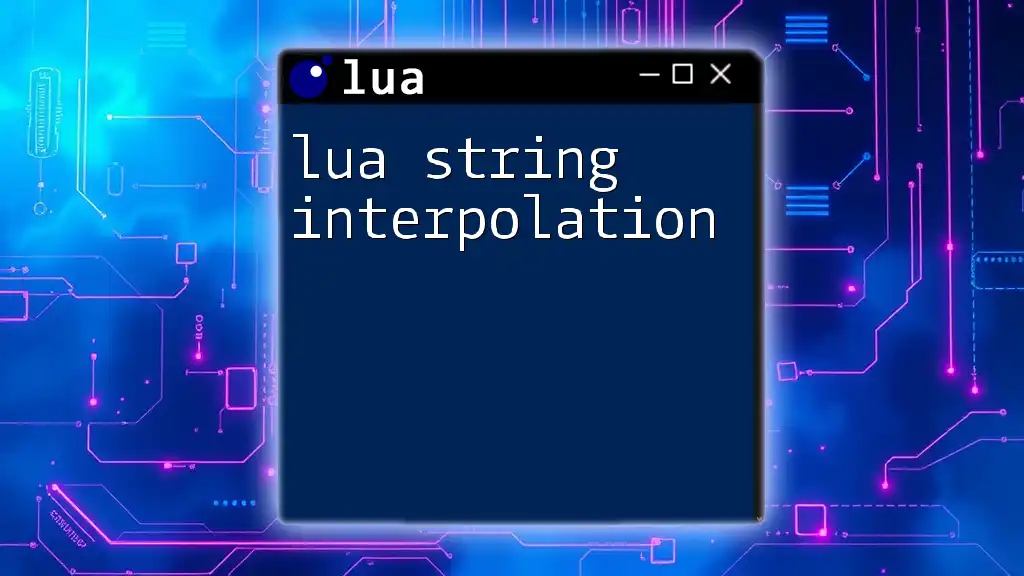Lua is a lightweight, fast scripting language often used for embedded systems and game development, while Python is a versatile, high-level language renowned for its readability and extensive libraries.
Here's an example of Lua syntax:
-- Lua example: Print "Hello, World!"
print("Hello, World!")
And here's the equivalent Python syntax:
# Python example: Print "Hello, World!"
print("Hello, World!")
Understanding Lua
What is Lua?
Lua is a lightweight, high-level programming language designed primarily for embedded systems and as a scripting engine. Created in 1993 by a group of Brazilian scientists, Lua has gained popularity due to its simplicity, flexibility, and efficiency. Key features of Lua include an easy-to-learn syntax, dynamic typing, and automatic memory management, making it an excellent choice for both beginners and seasoned developers.
When and Where is Lua Used?
Lua is widely used in different domains, from game development to networking. It is most renowned in the gaming industry, where engines like LÖVE and Corona SDK utilize Lua as a scripting language. Notable examples include popular games like Roblox, World of Warcraft, and Angry Birds, all leveraging Lua for their flexibility and fast execution.
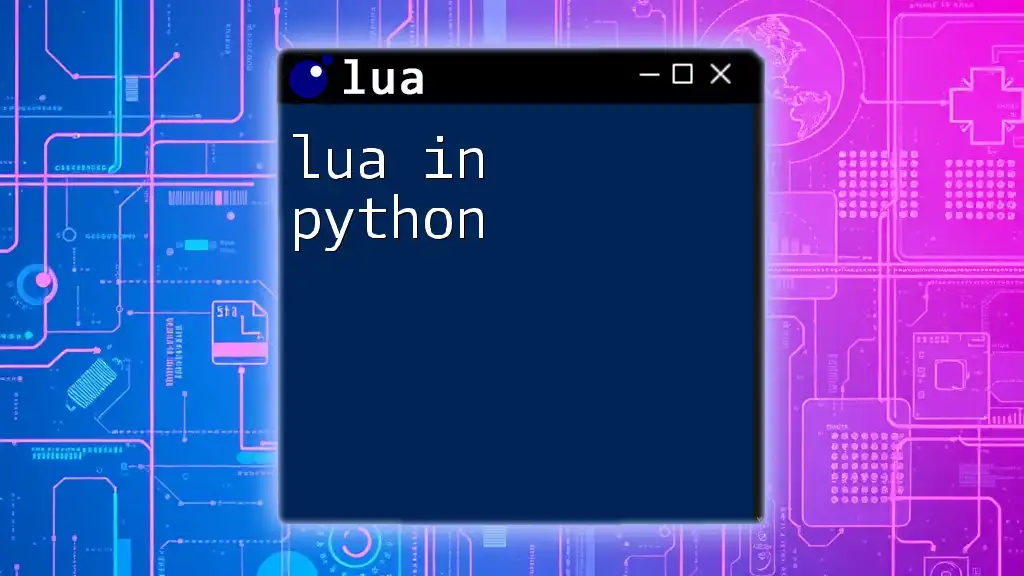
Understanding Python
What is Python?
Python is an interpreted, high-level programming language known for its clear syntax and readability. Created in the late 1980s by Guido van Rossum, Python has become one of the most popular programming languages worldwide. Its key features include extensive libraries, an active community, and powerful frameworks that facilitate rapid development.
When and Where is Python Used?
Python is employed in various fields, including web development, data science, artificial intelligence, and automation. Its versatility is showcased through popular frameworks such as Django for web applications and Pandas for data analysis. Many successful projects, including Instagram, Spotify, and Dropbox, leverage Python due to its efficiency and community support.
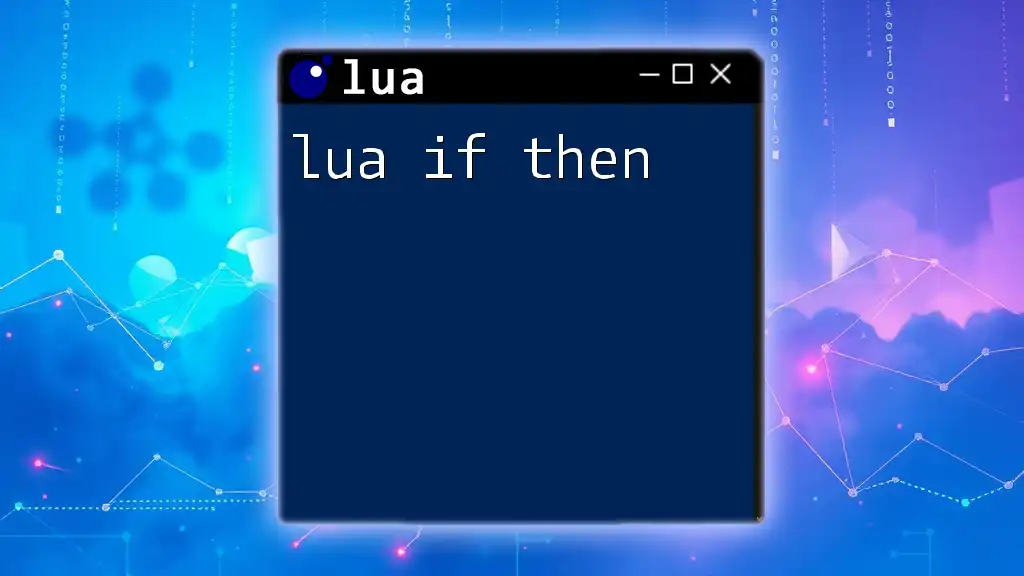
Comparing Lua and Python
Syntax and Readability
When comparing syntax and readability, both Lua and Python prioritize clean and simple coding practices, but they have differing approaches. Lua’s syntax is concise, which may appeal to users looking for brevity.
Lua Syntax Example:
print("Hello, Lua!")
In contrast, Python emphasizes readability with its use of whitespace and indentation:
Python Syntax Example:
print("Hello, Python!")
While both languages are approachable, some find Python's clarity particularly beneficial for beginners, making it easier to grasp programming concepts.
Performance and Speed
When it comes to performance and speed, Lua traditionally exhibits faster execution times due to its lightweight design and efficient memory usage. This makes it particularly advantageous in scenarios with resource constraints.
Lua Performance Example:
local total = 0
for i = 1, 1000000 do
total = total + i
end
In this Lua script, the loop efficiently sums up numbers, showcasing its minimal overhead.
Conversely, while Python also performs well, it may not match Lua's speed in some benchmarks due to its more extensive feature set.
Python Performance Example:
total = sum(range(1, 1000001))
This Python example achieves the same result, but the overhead in handling extensive libraries can lead to slightly slower performance.
Libraries and Frameworks
Lua Libraries
Lua offers an array of libraries tailored for different applications. For example, LÖVE facilitates game development, allowing developers to create 2D games effortlessly.
An example of a simple Lua project using LÖVE might look like this:
function love.draw()
love.graphics.print("Welcome to LÖVE!", 400, 300)
end
This snippet illustrates how quickly one can render graphics using Lua, showcasing its game development capabilities.
Python Libraries
Python is well-regarded for its rich library ecosystem. Essential libraries include NumPy for numerical computing and Flask for web applications.
Here’s a basic web app using Flask:
from flask import Flask
app = Flask(__name__)
@app.route('/')
def hello_world():
return 'Hello, World!'
This snippet demonstrates how Python simplifies web application development, enabling developers to focus on functionality rather than boilerplate code.
Community Support and Resources
In terms of community support and resources, Python boasts a vast, active community contributing to an abundant array of tutorials, forums, and documentation. This means beginners in Python can find help easily through resources like Stack Overflow and various GitHub repositories.
Lua's community, while smaller, remains dedicated. Numerous online forums focus on embedded system programming and game development. However, the perception of Lua as an "embedded language" may limit its visibility compared to Python.
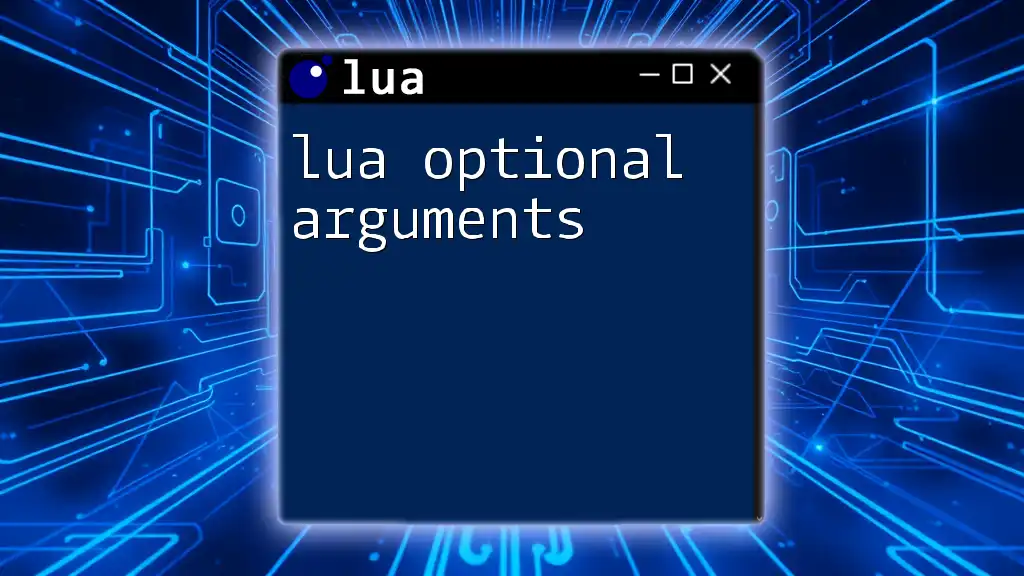
Is Lua Better than Python?
The Pros and Cons of Lua
Advantages of using Lua:
- Simplicity and ease of integration with other languages
- Speed when compared to many high-level languages
- Strong applicability in game development
Disadvantages of Lua:
- Smaller community and fewer available libraries compared to Python
- Limited use outside of specific domains, like gaming and embedded systems
The Pros and Cons of Python
Advantages of using Python:
- Robust libraries catering to diverse applications
- Strong community support and extensive documentation
- Excellent for rapid application development
Disadvantages of Python:
- Generally slower execution time than Lua
- More extensive footprint which may pose issues in resource-constrained environments
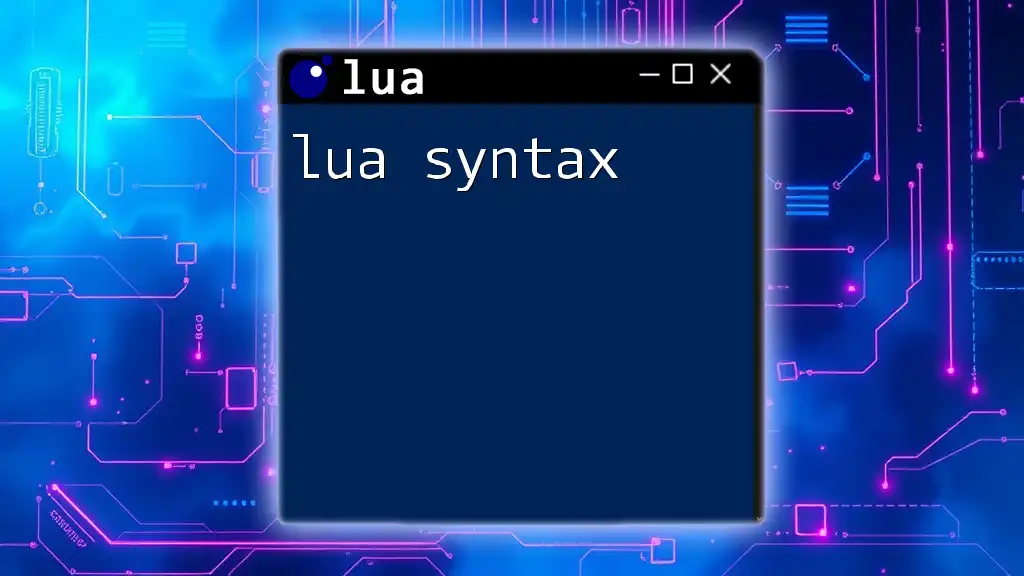
Making the Choice: When to Use Lua or Python?
Use Cases for Lua
Choosing Lua may be ideal for projects involving game development, scripting in applications, or environments where resources are limited. Its lightweight nature allows for quick prototyping and efficient runtime performance, making it suitable for mobile development and gaming engines.
Use Cases for Python
Python shines in scenarios requiring extensive libraries or where data manipulation is critical. Applications in web development, data analysis, and machine learning are best served using Python due to its powerful frameworks and ease of use.
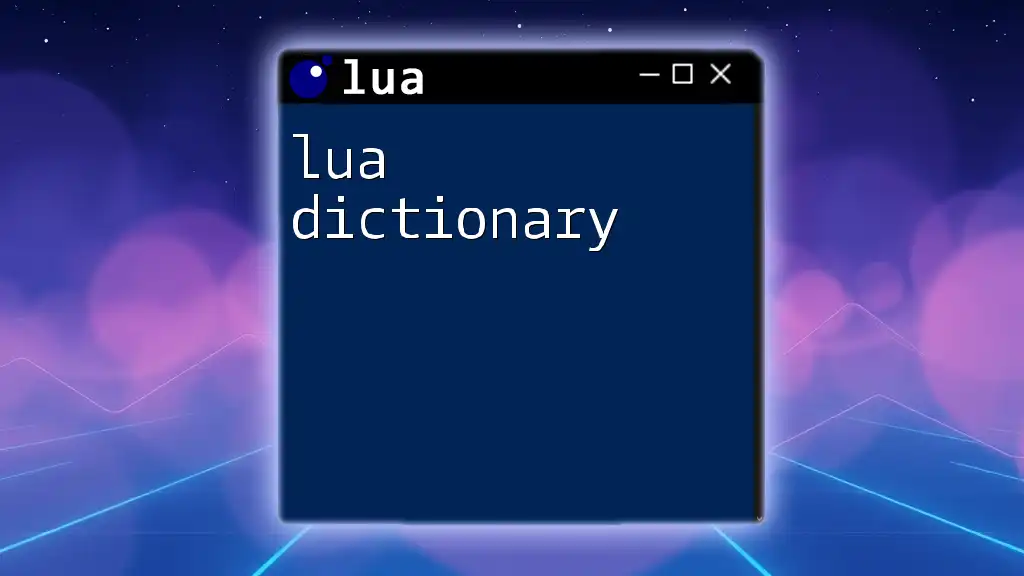
Conclusion
In summary, both Lua and Python offer distinctive advantages and serve different purposes in the programming spectrum. While Lua stands out in embedded systems and gaming, Python shines in web development, data science, and rapid application development. Understanding the strengths and weaknesses of both languages will aid developers in choosing the right tool for their specific needs.

Call to Action
We encourage you to explore both languages by diving into practical projects. Join us to enhance your Lua command skills quickly and concisely, and become part of a community striving for programming excellence.
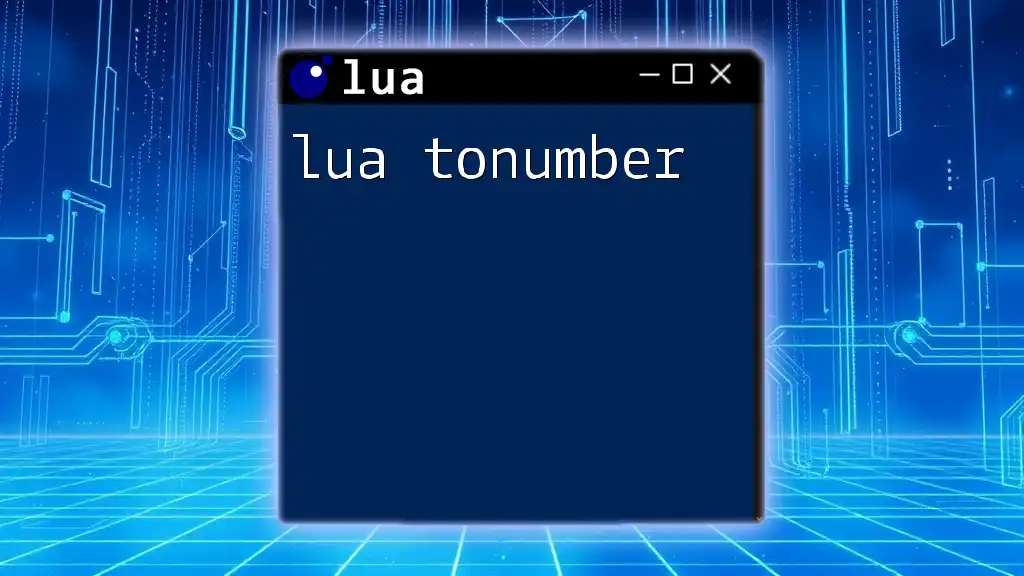
Additional Resources
For further exploration, consider reviewing official documentation for both languages. Numerous online courses and tutorials are available to deepen your understanding, alongside communities and forums to foster engagement with other learners.

